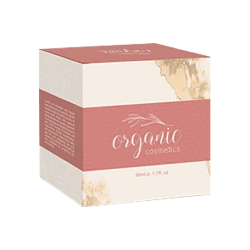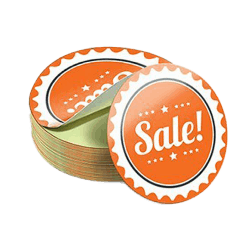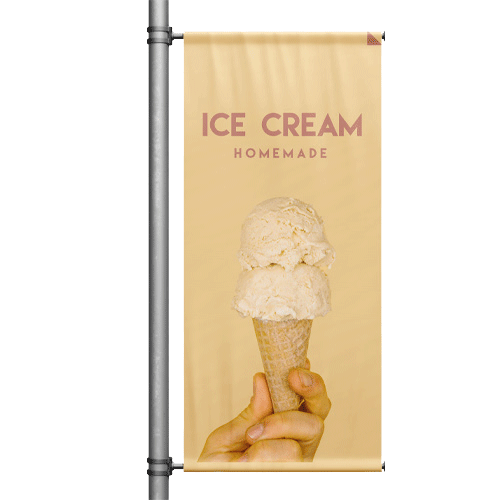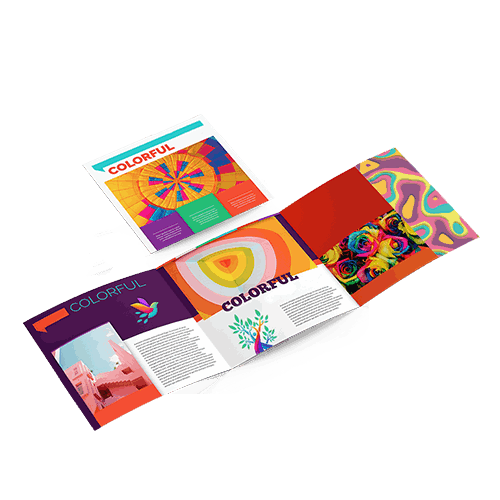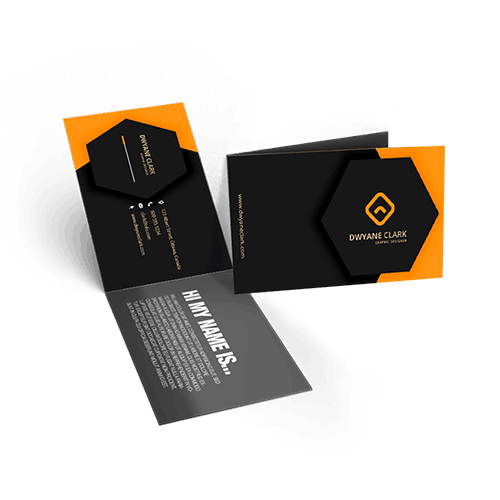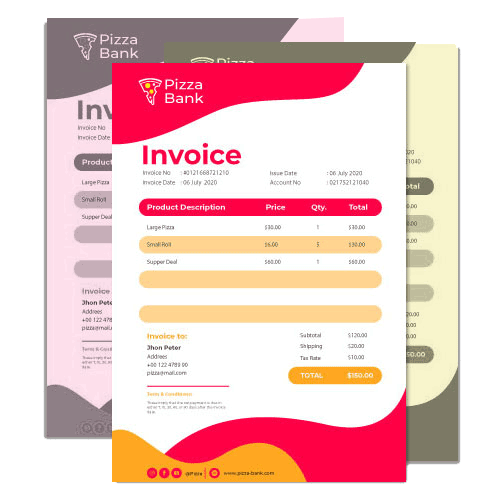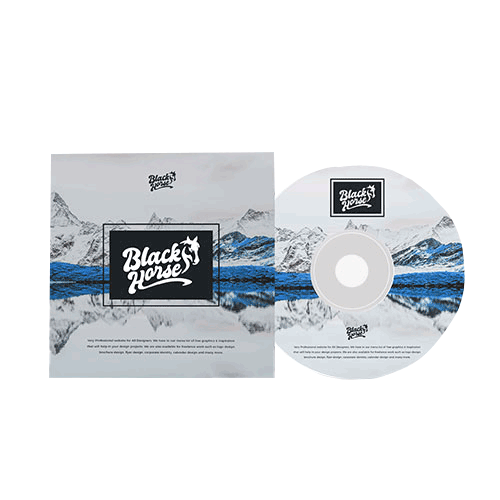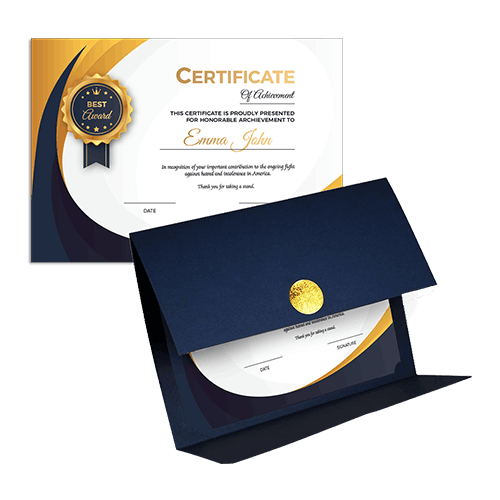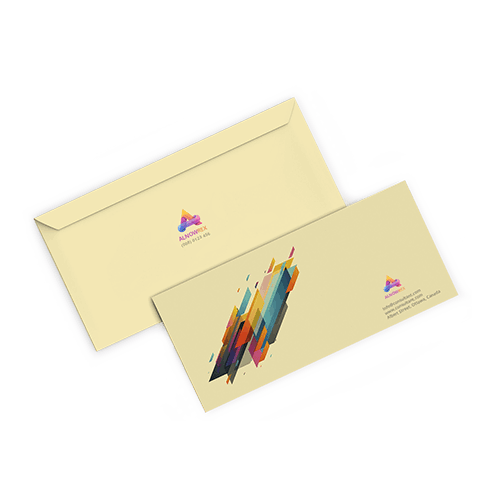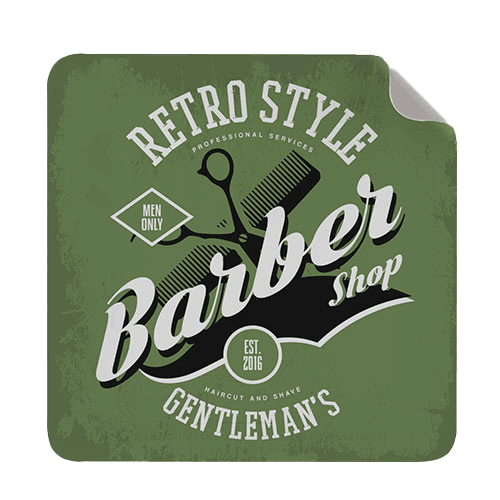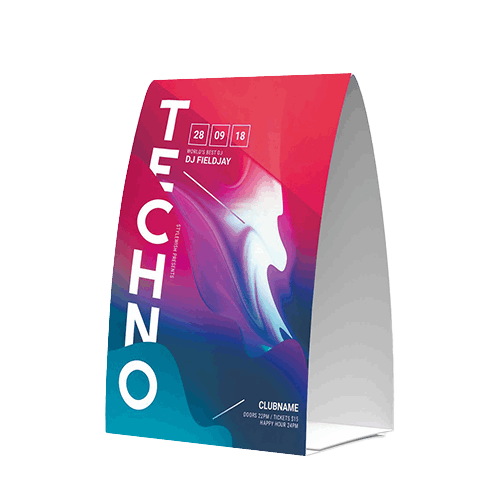
Custom Quote Request Form
Booklets
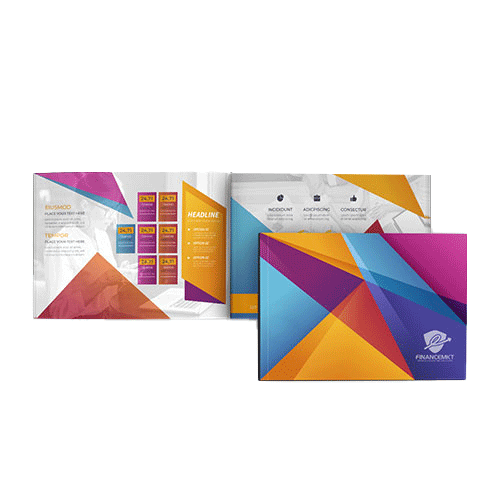

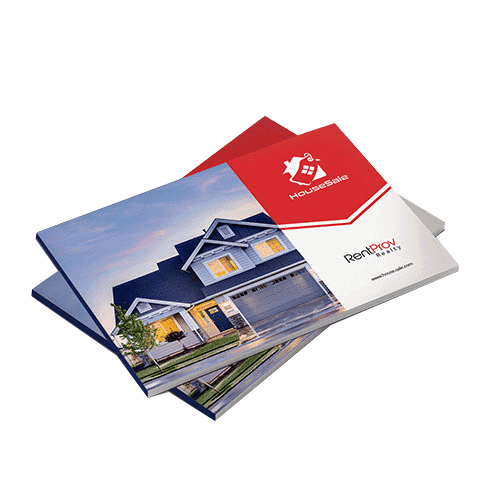
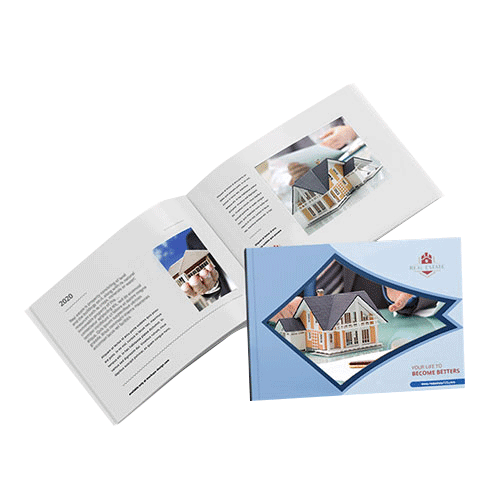
| FAQ's Specification Learn More Reviews | ||||||||||||||
|
Q: What file format should I use for best results? A: Any non-photographic content (including graphics and text) should be uploaded as vector-based files in order to ensure that lines are crisp and clear. Some content such as logos typically needs to be separated from the background, resized, or otherwise manipulated. Vector images offer the most flexibility for these purposes. Supported formats currently include Ai, CDR, PSD and pdf. If you have any questions with regards to file preparation, please feel free to contact your account representative. Q: At what resolution should I save my photos and graphics? A: Resolution should be set to at least 300 dpi (dot per inch). Please note that pictures and graphics pulled from the internet are often low resolution, typically 72 dpi or 96 dpi. Avoid these graphics, as they will appear pixelated and blocky when printed. In addition, all photos and images should be saved in CMYK mode (as opposed to RGB mode) when possible. Images saved in RGB mode will likely not print properly. If you are unable to save your image in CMYK mode, please let us know. Q: Why is binding using staples is called ‘saddle-stitching’? A: Saddle stitching is a binding process where the pages of a custom booklet are folded and then stapled. The apparatus used in this process has close resemblance to a Saddle. For this reason, the process is called saddle stitching. Q: What can I do if the quality of the products is not to my satisfaction? A: While we do an extensive quality check before shipping an order, given the nature of the printing business, it is possibility that a few defective pieces may make their way to you. If you find any defective pieces, please let us know and we will be happy to discuss all possible options to resolve the issues to your satisfaction. Q: What is the difference between saddle-stitch vs perfect bound catalogues and booklets? A: Saddle-stitch binding utilizes a pair of staples to bind the booklets whereas perfect bound booklets are bound using glue. Q: Is my artwork checked for errors and technical issues such as image resolution? A: Yes, we perform a free artwork check before an order is sent for printing. If we find any issues, we will either fix them or contact you if further action is needed. Please do note that this is only a technical check. Any spelling, grammatical, or positioning issues are not checked during this process. Q: Why are the pages counted only in multiples of 4? A: This arrangement is only for booklets bound with saddle stitching. Larger sheets are printed and then are folded in half and then stapled in the middle. Since each larger sheet makes 4 pages (left, right, front, and back), the total page count of the booklets has to be in multiples of 4. Q: Why can I not add my artwork straight to my perfect bound booklet? A: The artwork for perfect bound books is complicated and requires manual setup. You can email us the artwork and our art team will prepare a proof for your review. Q: What does the term ‘bleed’ refer to? A: When a design needs to be printed to the edge of a page, the artwork needs to be extended by a minimum margin of 1/8 inch along all sides beyond the required size. The excess area is then trimmed down to the final required size. The end result is an image that extends to the edge of the printed page. This extended printing margin is referred to as the ‘bleed’.
Business Branding: Creating Impactful Marketing with Custom Printed BookletsBooklets are small printed publications typically consisting of multiple sheets of paper, often folded and bound together, containing information or visual content on a specific topic. They serve as a versatile and effective medium for communication and marketing across various industries and applications. Booklets can range from a few pages to dozens of pages, and their size and format can be customized to suit specific needs. Key features of booklets typically include:
Booklets can play a crucial role in product packaging by providing essential information, enhancing the user experience, and reinforcing brand identity. When customers purchase a product, they typically expect to find booklets included in the packaging that provide detailed instructions on how to use, assemble or maintain the product. These booklets should include clear, step-by-step guides with images or illustrations to enhance user experience and satisfaction. In some cases, products may come with specific safety guidelines or precautions that must be followed. In such cases, booklets can clearly and effectively convey this information. This is especially important for products like electronics, chemicals, or pharmaceuticals, where proper usage is critical for consumer safety. Booklets can also provide valuable information on warranty terms, product registration, customer support contacts, and troubleshooting tips. This can help build trust with customers and ensure a smooth after-sales experience. Lastly, booklets can be used to promote other products or services your company offers. Including promotional booklets in the packaging can help drive customer interest in additional offerings and increase cross-selling opportunities. There are several booklet binding methods, each with unique characteristics and suitability for specific projects. Common binding types used for booklets are:
|


